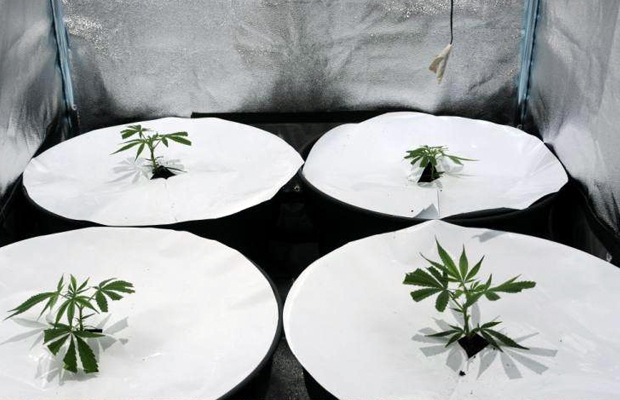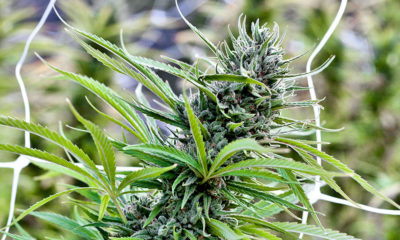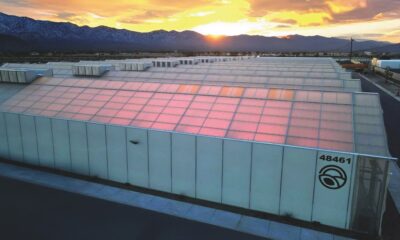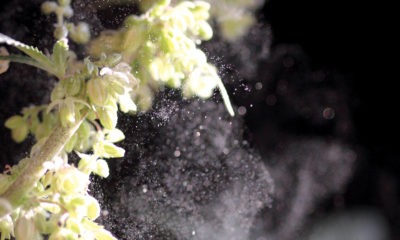
Cultivation
The Future of Indoor Cannabis Lighting: The Sulphur Lamp
Invented in 1990, the sulphur lamp has almost become efficient enough to be a replacement for High Intensity Discharge lamps (HID) such as metal halide or high pressure sodium (HPS). With an output of 100 lumens per watt, the sulphur lamp exceeds the output of more commonly used HID systems. Although the sulphur lamp wattages start at 1000 watts, this is not uncommon – 1000 watt metal halide and HPS lamps are a commonly used wattage.
The bulb works by exciting a sulphur bulb with microwaves in the 510 nanometer wavelength, with 73 percent of the emitted light being in the visible range. The remaining emitted light is in the near infrared and infrared wavelengths, resulting in a light with a slightly greenish hue.
Earlier sulphur bulb models required a cooling fan, but this was eliminated by using a spiral guide within the microwave emitter and bulb that moved the sulphur plasma, eliminating the hot spots that were the bane of earlier models. This innovation also eliminated a motor that constantly rotated the bulb to eliminate these hot spots.
The sulphur lamp isn’t confined to the traditional bulb shape. Light pipes are possible which can be up to 40 meters (130 feet) in length. Shorter light pipes require only one microwave emitter at one end and a mirror at the other end. Longer pipes require a microwave emitter at both ends of the pipe.
The National Air & Space Museum installed three 27 meter light pipes to replace 94 HID lamps, which actually increased the amount of available light. With a lifespan of 60,000 hours per pipe, this switch from HID bulbs to sulphur pipes was also an economical choice.
Because it is a fairly new technology, sulphur lighting has been slow to catch on. Despite its pros, the cons of heat generated and the stigma of freely emitted high energy microwave beams have stunted the proliferation of the sulphur bulb or pipe.
A newer model of sulphur lamp under development does not use a microwave emitter. Rather, it uses two electrodes in the same configuration as HID lamps. This innovation, if proven successful, will eliminate the microwave emitter, eliminating one of the detrimental cons that has kept the sulphur bulb from widespread commercial success.
In the future, expect to see sulphur lamps lighting large areas such as stadiums or airplane hangars. Hill Air Force Base has installed both light pipes and bulbs to light its interior, to great success. As use of sulphur lamps and pipes go up, cost will come down. The sulphur lamp or pipe is still in its infancy. In the years to come, it is expected that sulphur based lighting will become a mainstay of high intensity lighting. More innovations and models are on the drawing board that will propel this technology into a viable lighting alternative and therefore a commercial success.






















